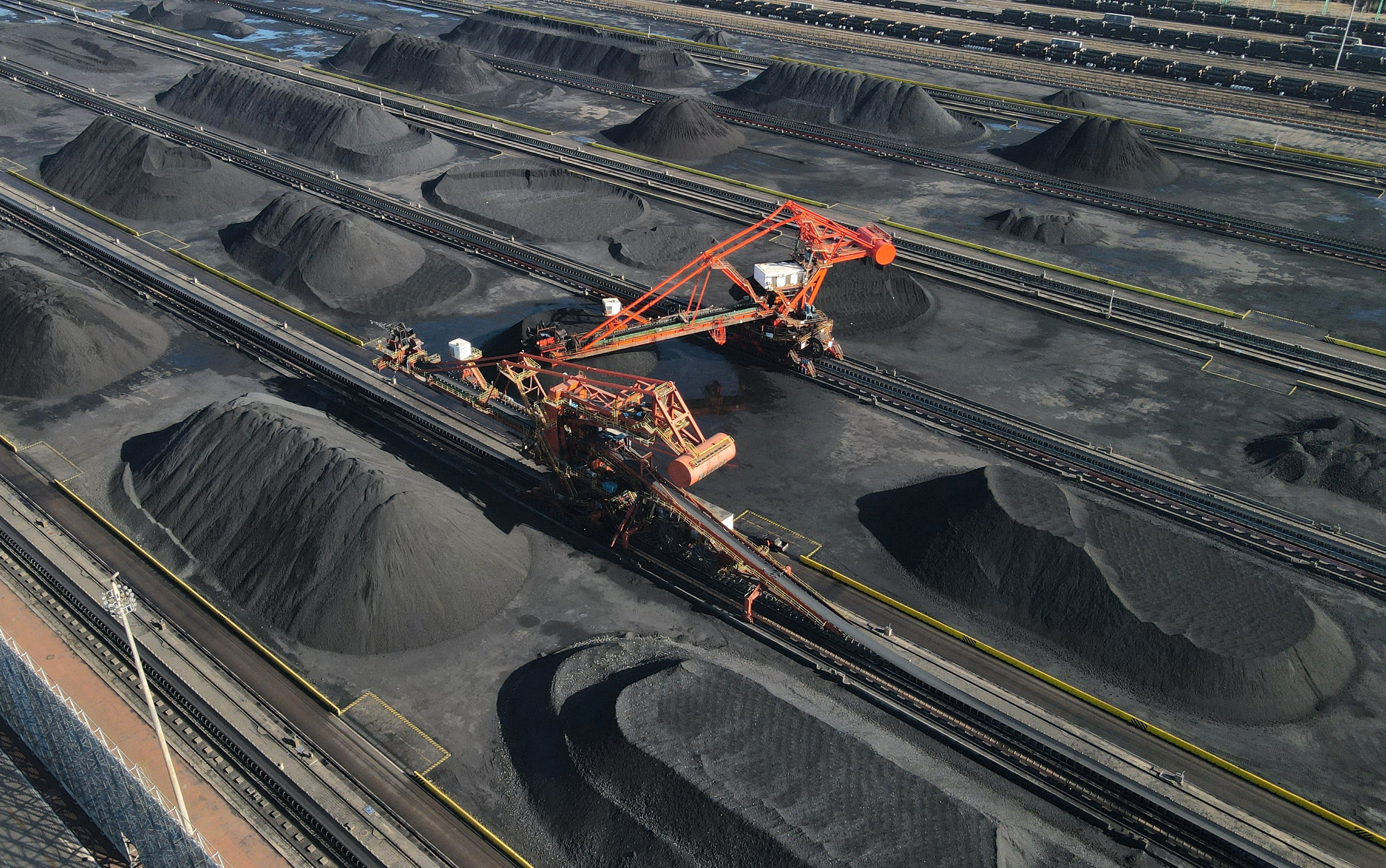Coal crisis & the road to energy security

The unprecedented heatwaves this year have caused an acute energy shortage, particularly coal that’s the dominant provider, severely impacting the speed of economic rebound needed after the Covid upheaval. The India Meteorological Department (IMD) observes that the number of heatwave days in India has been increasing, from 413 over 1981-1990 to 600 over 2011-2020. The rise in temperatures is attributed to climate change.
According to reports, the maximum all-India power demand crossed a record 201 gigawatt (GW) mark in April as large parts of the country reeled under a heatwave. With a population of more than 1.3 billion, India’s energy needs are set to rise more than any other nation in the next two decades, according to the International Energy Agency (IEA).
The crisis has brought the spotlight on energy security. Though the momentum to move to clean energy is building up, the developing world relies on coal because of its abundance as a resource and its relatively lesser expense compared to other energy sources. Six of the world’s 10 largest coal consumers are in the Asia-Pacific region.
It’s a tightrope walk. While the demand for energy is good news for a developing economy, the shortage shows the tough balancing act needed for the economy to build back. To fix the problem, we need sufficient energy to meet our requirements; clean energy to ease global warming; and enhance the grid network with better storage capacities. India has pledged that by 2030, 50 percent of the energy required will be generated from non-fossil sources and 500 GW of renewable energy will be installed. The current crisis shows how urgently we need to get our act together to avoid an energy crisis that jeopardises economic momentum, and to strengthen pathways for clean energy.
Switch to green alternatives
As per a study by the IEA and the Council on Energy Environment and Water (CEEW), acquisitions of renewable energy projects in India rose by 300 percent to $6 billion in the first 10 months of 2021, from $1.5 billion recorded in 2020, reflecting the interest of investors in going green. Delhi’s metro system runs on more than 60% solar power for its daily power needs. India showed remarkable prescience in ramping up steady growth and crossed the 100GW target of installed capacity of renewable energy, despite the pandemic. To explore green hydrogen, the centre launched the National Hydrogen Mission in 2021. As per recent estimates, India has over 1050 GW of renewable potential in wind and solar power energy.
Given the challenge of intermittency of renewables and the likelihood of extreme weather conditions rising, sufficient power reserves are needed for grid resilience. Hydro contributes to about 11% of total power generation followed by wind and solar energy that supply about 8% of the total. As the share of renewables increases, grid flexibility and transmission networks too will evolve. Recycling of solar panels, wind turbine blades and batteries will ensure that renewable energy remains clean right from the start.
Finally, the switch to clean energy must also consider the rehabilitation of communities dependent on coal, especially in the coal belt comprising Jharkhand, Chhattisgarh and Odisha. The good news is that the renewable energy sector in the country has the potential to employ around one million people by 2030, according to a study by CEEW, Natural Resources Defense Council (NRDC) and Skill Council for Green Jobs (SCGJ). There is hope in the green energy transition, that serves both climate goals and the economy.